Related Research Articles

Egyptology is the study of ancient Egyptian history, language, literature, religion, architecture and art from the 5th millennium BC until the end of its native religious practices in the 4th century AD. A practitioner of the discipline is an "Egyptologist". In Europe, particularly on the Continent, Egyptology is primarily regarded as being a philological discipline, while in North America it is often regarded as a branch of archaeology.

Sir William Matthew Flinders Petrie, commonly known as simply Flinders Petrie, was a British Egyptologist and a pioneer of systematic methodology in archaeology and the preservation of artefacts. He held the first chair of Egyptology in the United Kingdom, and excavated many of the most important archaeological sites in Egypt in conjunction with his wife, Hilda Urlin. Some consider his most famous discovery to be that of the Merneptah Stele, an opinion with which Petrie himself concurred.
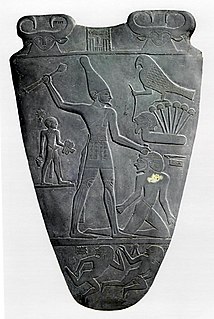
Narmer was an ancient Egyptian pharaoh of the Early Dynastic Period. He was the successor to the Protodynastic king Ka. Many scholars consider him the unifier of Egypt and founder of the First Dynasty, and in turn the first king of a unified Egypt. A majority of Egyptologists believe that Narmer was the same person as Menes.

Peter John Ucko FRAI FSA was an influential English archaeologist. He served as Director of the Institute of Archaeology at University College London (UCL), and was a Fellow of both the Royal Anthropological Institute and the Society of Antiquaries. A controversial and divisive figure within archaeology, his life's work focused on eroding western dominance by broadening archaeological participation to developing countries and indigenous communities.
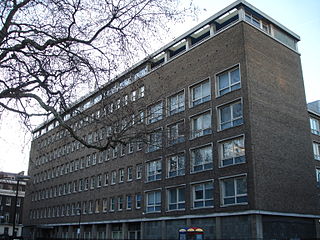
UCL's Institute of Archaeology is an academic department of the Social & Historical Sciences Faculty of University College London (UCL) which it joined in 1986 having previously been a school of the University of London. It is currently one of the largest centres for the study of archaeology, cultural heritage and museum studies in the world, with over 100 members of staff and 600 students housed in a 1950s building on the north side of Gordon Square in the Bloomsbury area of Central London.
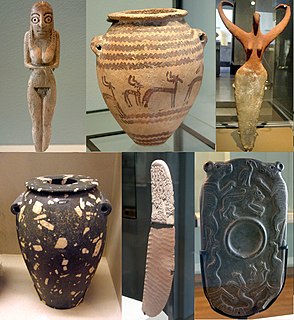
Prehistoric Egypt and Predynastic Egypt span the period from the earliest human settlement to the beginning of the Early Dynastic Period around 3100 BC, starting with the first Pharaoh, Narmer for some Egyptologists, Hor-Aha for others, with the name Menes also possibly used for one of these kings.

The Petrie Museum of Egyptian Archaeology in London is part of University College London Museums and Collections. The museum contains over 80,000 objects and ranks among some of the world's leading collections of Egyptian and Sudanese material.

John Garstang was a British archaeologist of the Ancient Near East, especially Anatolia and the southern Levant. He was the younger brother of Professor Walter Garstang, FRS, a marine biologist and zoologist. Garstang is considered a pioneer in the development of scientific practices in archaeology as he kept detailed records of his excavations with extensive photographic records, which was a comparatively rare practice in early 20th-century archaeology.
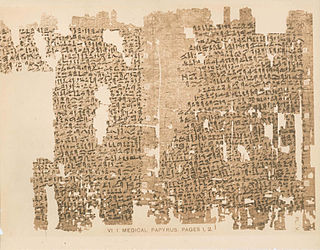
The Kahun Gynaecological Papyrus is the oldest known medical text in Egypt, although not the oldest in the world as in Philadelphia museum a Sumerian medical clay tablet from 3rd millennium is preserved. Dated to c. 1800 BCE, it deals with women's health—gynaecological diseases, fertility, pregnancy, contraception, etc.
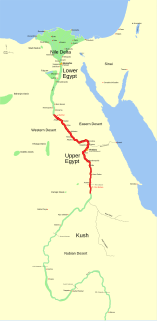
The Naqada culture is an archaeological culture of Chalcolithic Predynastic Egypt, named for the town of Naqada, Qena Governorate. A 2013 Oxford University radio carbon dating study of the Predynastic period suggests a beginning date sometime between 3,800 and 3,700 BC.

Archaeology or archeology is the scientific study of human activity through the recovery and analysis of material culture. The archaeological record consists of artifacts, architecture, biofacts or ecofacts, sites, and cultural landscapes. Archaeology can be considered both a social science and a branch of the humanities. In Europe it is often viewed as either a discipline in its own right or a sub-field of other disciplines, while in North America archaeology is a sub-field of anthropology.

Dishna is an Egyptian settlement west of Qena situated on the north bank of the river Nile.
Stephen Quirke is an Egyptologist. He is the current Edwards Professor of Egyptian Archaeology and Philology at University College London. He has worked at the British Museum (1989–1998) and since 1999 at the Petrie Museum in London. He has published several books, some of them translated into other languages.

Hilda Mary Isabel Petrie was an Irish-born British Egyptologist and wife of Flinders Petrie, the father of scientific archaeology. Having studied geology, she was hired by Flinders Petrie at age 25 as an artist, which led to their marriage and a working partnership that endured for their lifetimes. Hilda travelled and worked with Flinders Petrie to excavate and record numerous sites in Egypt, and later in Palestine. This included directing some excavations herself, and working in often difficult and dangerous conditions to produce copies of tomb hieroglyphs and plans, and to record the work for reports to the Egypt Exploration Fund. When the British School of Archaeology in Egypt was founded in 1905 in London by Flinders Petrie, she worked as its secretary and fundraiser to secure support for the school and their continued excavations. Hilda took part in archaeological excavations and surveys throughout her married life, except for a period while their two children were young. Her work was published, and she also gave public lectures in London and elsewhere.
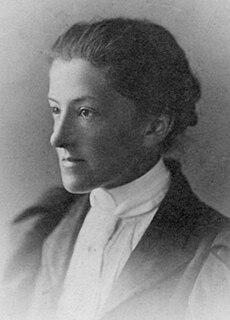
Kate Bradbury Griffith aka Kate Griffith was a British Egyptologist who assisted in the early development of the Egypt Exploration Society and the Department of Egyptology at University College London (UCL). Bradbury was born in Ashton-under-Lyne, near Manchester, UK, to Elizabeth Ann Tomlins and businessman Charles Timothy Bradbury.
Margaret Stefana Drower MBE (1911–2012) was a historian of Ancient Near Eastern History and Egyptology. She was awarded the MBE and elected a Fellow of the Society of Antiquaries of London. She wrote the definitive biography of Flinders Petrie.
Alice Stevenson is a British archaeologist and museum curator. She is Senior Lecturer in Museum Studies at UCL's Institute of Archaeology and a specialist in Predynastic and Early Dynastic Egyptian archaeology.
Cyril Daryll Forde FRAI was a British anthropologist and Africanist.
Henry Sidney "Harry" Smith, is a British Egyptologist and academic, specialising in epigraphy and Egyptian archaeology. He held the Edwards Chair of Egyptology at University College London from 1970 to 1986. He had previously been a lecturer in Egyptology at the University of Cambridge, where he was also Budge Fellow in Egyptology at Christ's College, Cambridge.
Mervat Seif el-Din, Arabic: ميرفت سيف الدين is a classical archaeologist from Egypt, who was Director of the Graeco-Roman Museum of Alexandria from 2004 to 2010. A specialist in the archaeology of Alexandria, el-Din is recognised as an authority on faience and funerary painting in particular.
References
- ↑ Cultural Heritage Management Program French University in Egypt.https://www.pantheonsorbonne.fr/fileadmin/IREST/brochures/Brochure-Heritage-Management_2017-2018.pdf
- ↑ Lynn Meskell - Archaeology under fire: nationalism, politics and heritage in the Eastern Mediterranean and Middle East - 251 pages Psychology Press, 22 Dec 1998 - Retrieved 2012-01-14 ISBN 0-415-19655-8
- ↑ University College London - © UCL 1999–2012 Archived 2013-12-17 at the Wayback Machine f.hassan@ucl.ac.uk - Retrieved 2012-01-14
- ↑ <The Egyptian Cultural Heritage Organization © ECHO 2011 Retrieved 2012-01-15